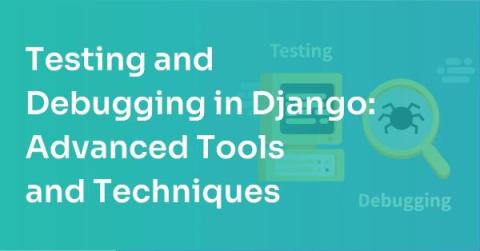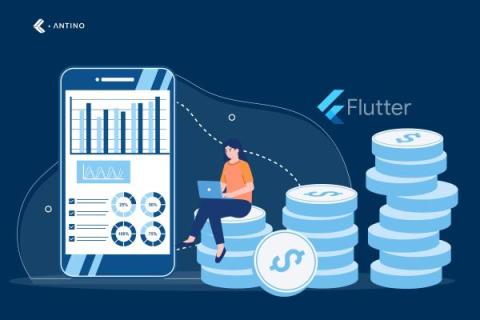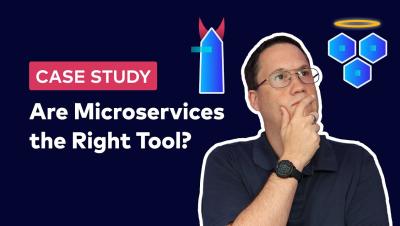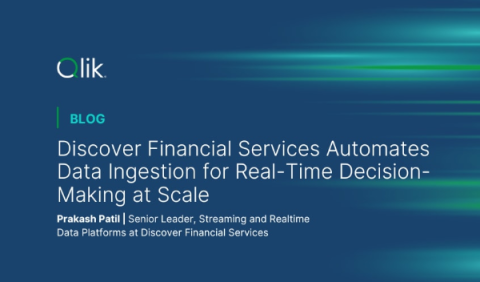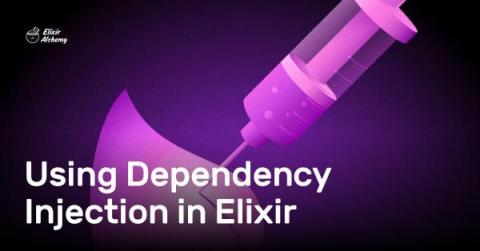The Rise of AI in FP&A: How insightsoftware Empowers Your Team
Despite the transformative potential of AI, many financial planning and analysis (FP&A) teams are hesitating, waiting for this emerging technology to mature before investing. According to a recent Gartner report, a staggering 61% of finance organizations haven’t yet adopted AI. Finance has always been considered risk averse, so it is perhaps unsurprising to see that AI adoption in finance significantly lags other departments.




